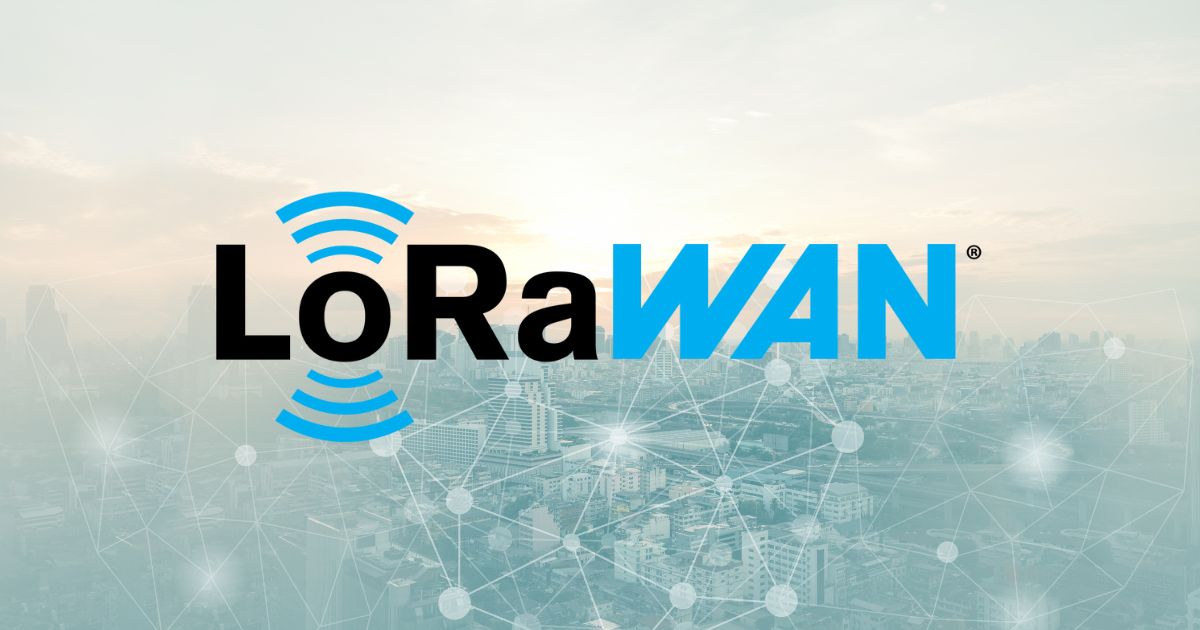- Who We Are
- What We Do
- Success Stories
- Careers
- News & Events
- Contact us

The Internet of Things, or IoT, is a system of interconnected devices and sensors that collect and share data about their surroundings. The data collected by IoT devices can be used to monitor and control the devices, as well as to automate processes.
IoT devices are often equipped with LoRaWAN, a low-power wide area network technology that allows the devices to communicate over long distances with minimal power consumption. LoRaWAN is well-suited for IoT applications because it supports bi-directional communication, meaning that data can be sent and received by the devices.
That said, let’s delve deeper into LoRaWAN and understand what it is all about:
What is LoRaWAN?
LoRaWAN is a communication protocol designed for low-power, wide-area networks (LPWANs). It is a specification provided by the LoRa Alliance, a non-profit technology alliance. LoRaWAN networks are used for applications such as smart cities, agriculture, asset tracking, and supply chain management.
What Is the Architecture of LoRaWAN?
A LoRaWAN network consists of these main components: end devices, gateway, network server, and application server.
End devices are the devices that are deployed in the field and collect data. They are battery-operated and can deliver and receive wireless data.
Gateways are devices that receive data from end devices and relay it to network servers. Gateways are typically connected to the internet via Ethernet, WiFi, or cellular.
Network servers process application data in the most secure manner. They manage the network’s gateways, end devices, applications, and users.
Application servers receive application-specific data messages and process them. There can be more than one application server.
What Are the Benefits of LoRaWAN?
LoRaWAN offers many benefits over traditional networks, such as improved coverage, higher capacity, and lower cost.
● Improved coverage: LoRaWAN uses a star topology, which means that each gateway can communicate with many end devices. This results in improved coverage, as each gateway can cover a larger area.
● Higher capacity: LoRaWAN can support hundreds of end devices per gateway. This is much higher than traditional networks.
● Lower cost: LoRaWAN is a license-free technology, which means that there are no recurring fees. This makes it more affordable than traditional networks.
What Classes of LoRaWAN Are There?
LoRaWAN networks can be deployed using one of three different classes of devices, each providing different trade-offs in terms of power consumption, range, and data rate.
Class A devices are designed for applications where battery life is critical, and they only wake up to receive data when they are actively being addressed by the network server. This makes them the most power-efficient class of devices but also limits their range and data rate.
Class B devices wake up periodically to listen for broadcast messages from the network server, in addition to being able to receive data when they are actively being addressed. This increases their range and data rate compared to Class A devices, but at the cost of increased power consumption.
Class C devices are always awake and listening for data, making them the most power-hungry class of devices. However, this also makes them the most responsive, with the highest range and data rate.
Conclusion
All in all, LoRaWAN is an excellent technology that allows you to take advantage of IoT more, especially thanks to the benefits it has to offer. So, if you’re implementing IoT but need a way to ensure the devices run wherever they are, stay connected, and are easy to maintain, consider LoRaWAN technology!
With the main focus on custom-software development, Informatics also specializes in infrastructure solutions and services through years of experience and knowledge in the industry. Whether it be insurance, banking, e-government, or telecom software solutions, Informatics is capable of supporting any company from any industry so that they can reach their full potential. For more information, visit our website today!
Written by Daniele Paoletti
